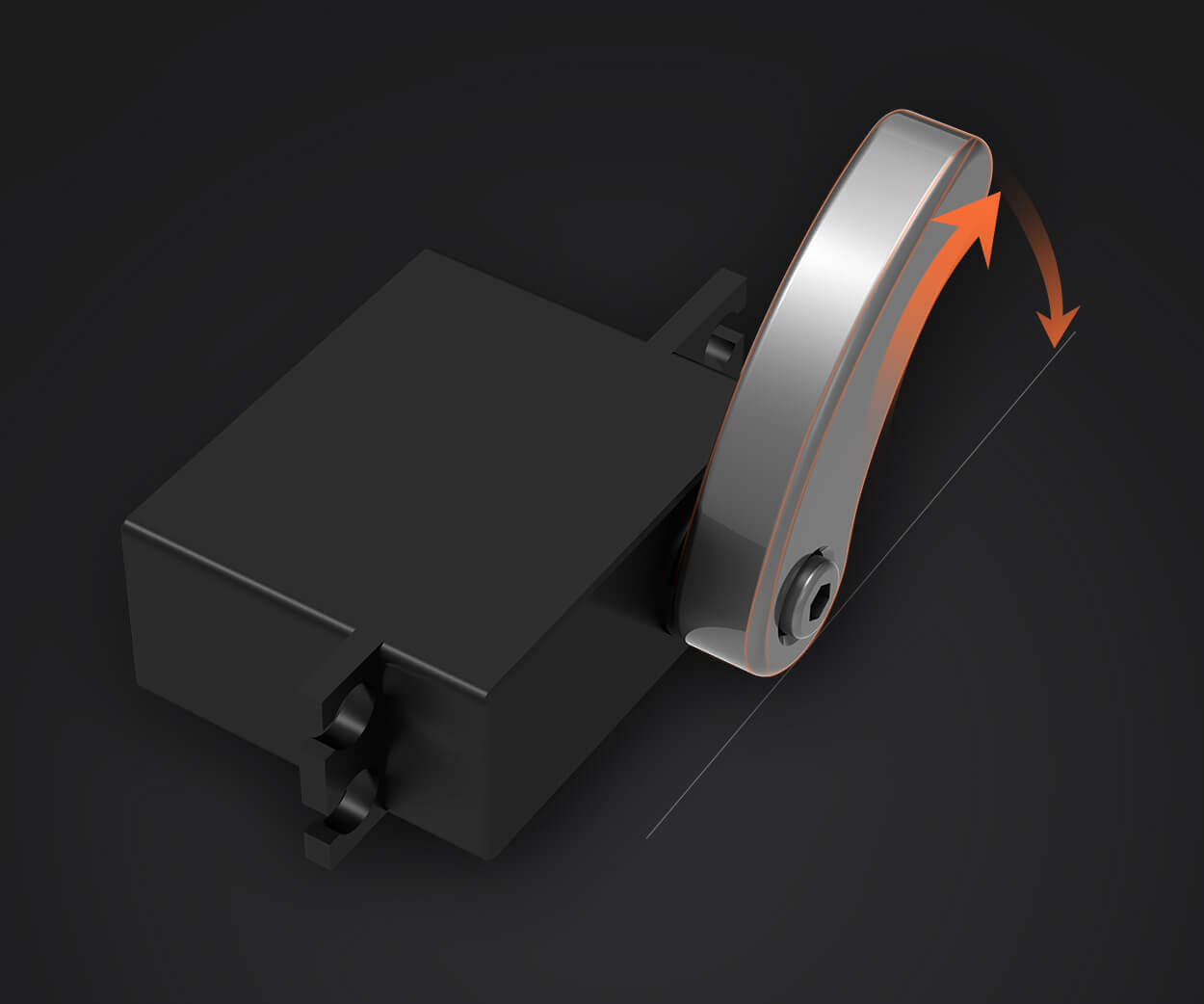Imagine a tiny device that packs a punch — the MG90S servo motor. It sounds small, but don't let its size fool you. This little powerhouse is often the unsung hero in robotics, RC vehicles, and automation projects. If you're curious about what makes this servo stand out, just stick around. Trust me, once you get into the details, it’s pretty engaging.

First off, the MG90S is renowned for its agility and precision. When you want something to move swiftly, accurately, and consistently, this is the servo you’ll want to consider. It’s built with a metal gear train, unlike some cousins that use plastic gears. That means it can handle more torque, last longer, and respond quickly without getting stuck or slipping. Ever had a plastic gear strip halfway through a cool project? Not fun. With MG90S, you’ll likely avoid those frustrations.
Now, let’s talk about control. These servos usually work with a PWM signal — think of it as a little rhythm that tells the servo where to turn and how fast. The datasheet details can look intimidating at first, but once you understand the voltage range (typically 4.8V to 6V), it all falls into place. That range is pretty flexible and makes it compatible with standard microcontrollers and power supplies.
Here's something that gets people curious: How much can this tiny servo really do? Well, it boasts a torque of about 1.8 kg/cm at 4.8V. That might sound like a lot or a little depending on what you're trying to move. For small robotic arms or drone control surfaces, it’s sufficient. But it’s not designed for heavy load bearing. Still, its compact size means you can squeeze it into tight spaces or combine several for complex motions.
How about durability? Sure, the datasheet points out its operating temperature limits, but in real-world use, this servo holds up pretty well. Jumping, twisting, or even some accidental knocks? It’s resilient. Plus, with its metal gears, maintenance is a breeze, reducing wear and tear.
There’s also a question that pops up a lot: Is it easy to set up? Mostly, yes. The datasheet provides clear electrical characteristics—like current draw and stall torque—which help in designing your power system. For hobbyists, it’s straightforward to integrate with a standard control board, and plenty of tutorials out there make the wiring seem simple.
Thinking about performance, some ask: Does it run quietly? Not super silent, but definitely not noisy either. It strikes a good balance—smooth enough for most projects, and quick enough for real-time adjustments. That speed, around 0.1-0.12 seconds per 60 degrees at no load, makes it responsive without jittering.
So if you're dabbling in DIY robotics or building your own remote-controlled gadgets, the MG90S datasheet is like a treasure map. It’s about understanding how much power it packs and how it fits into your design. It's durable but lightweight, fast but controlled, and versatile enough to handle various small-scale tasks.
Last thought: No matter what project you're dreaming up, this servo's reputation as a reliable component is well-earned. It’s the kind of little device that proves good things come in small packages. So, next time you’re shopping for motion control parts, think about the MG90S—not just as a servo, but as a reliable partner in your creative journey.
Established in 2005, Kpower has been dedicated to a professional compact motion unit manufacturer, headquartered in Dongguan, Guangdong Province, China.




































